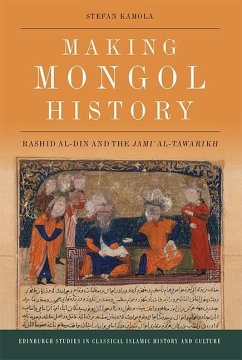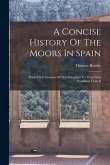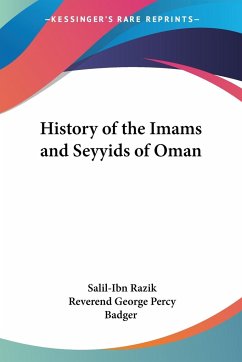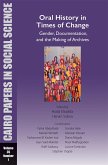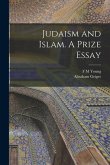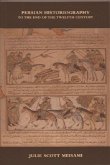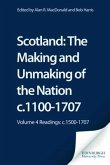'The core of this impressive study of Rashid al-Din's oeuvre is the minute analysis of the manuscript witnesses of his celebrated "world history" and the stages through which the author's writing of history and sense of himself evolved, requiring a radical revision of most previous studies of Mongol-era historiography.' Charles Melville, Pembroke College, Cambridge Explores Rashid al-Din's impact on seven centuries of historical writing This book examines the life and work of Rashid al-Din Tabib (d. 1318), the most powerful statesman working for the Mongol Ilkhans in the Middle East. It begins with an overview of administrative history and historiography in the early Ilkhanate, culminating with Rashid al-Din's Blessed History of Ghazan, the indispensable source for Mongol and Ilkhanid history. Later chapters lay out the results of the most comprehensive study to date of the manuscripts of Rashid al-Din's historical writing. The complicated relationship between Rashid al-Din's historical and theological writings is also explored, as well as his appropriation of the work of his contemporary historian, `Abd Allah Qashani. Key Features . A narrative of early Ilkhanid history accessible to students and useful to scholars . A new approach to the biography of one of the most influential figures in medieval Islamic history . Includes appendices describing the structure, sources and illustrative programs of the Jami¿ al-Tawarikh and cataloguing all known manuscripts of the work . Shows the relationship between early modern Persian and modern European structures of knowledge about the Mongol world Stefan Kamola is Assistant Professor of History at Eastern Connecticut State University.
Hinweis: Dieser Artikel kann nur an eine deutsche Lieferadresse ausgeliefert werden.
Hinweis: Dieser Artikel kann nur an eine deutsche Lieferadresse ausgeliefert werden.

